INTRODUCTION

Whether you're just a home user or a professional, chances are that you could really use a NAS (network attached storage) to share files not only to your local network but also to remote locations. Of course, even though as we've mentioned numerous times in the past NAS devices can now be used for a plethora of things including website hosting, file downloading, media playback and network video recording at the end of the day file sharing is their primary purpose and that's also the main reason small and large businesses invest in NAS servers. Demanding workloads however require high-end models and even though something along the lines of the XCubeNAS XN8008T desktop NAS by QSAN which we reviewed a while back (review here) would probably be more than enough small and large businesses usually opt for rackmount models which come with special features that make them ideal for professional environments. To that end a while back QSAN send us their XCubeNAS XN7008RE model and today after 2 weeks of tests our review is finally here.
QSAN Technology, a leading storage technology designer and manufacturer, was founded in July 2004. Building on our vast experience in the industry, QSAN strives to build enterprise-class storage systems that pride ourselves with outstanding performance, secure data protection, and comprehensive data management. QSAN endeavors to provide the industry with high-quality data storage systems that are simple, secure, scalable and reliable. For more information, please visit www.QSAN.com.
Even though the XCubeNAS XN7008RE is far from the top of the line model in the 2U rackmount line of NAS servers by QSAN still its specifications are nothing short of impressive so under the hood we find the 7th generation Intel Core i3-7100 dual-core processor (clocked at 3.9GHz / 3MB Smart Cache / 51W TDP) together with two 4GB DDR4-2133 memory modules (8GB - expandable to 64GB). The XN7008RE also features a total of 8 drive bays (up to 200 via expansion units) which can accommodate both 2.5"/3.5" drives and can be configured in RAID 0/RAID 1/RAID 5/RAID 5 + hot spare/RAID 6/RAID 10/RAID Z3/RAID 60/JBOD with support for up to 128TB of total storage (this is calculated based on the highest capacity models at the time of this review - 16TB / up to 3200TB with expansion units). Other features include a total of 5 USB ports (1xUSB 2.0 / 4xUSB 3.0), 4 RJ45 Ethernet ports, HDMI output (for service/debug purposes), two PCIe expansion slots (x4/x8), two SAS 12Gb/s ports and two 250W replaceable/redundant power supply units. Finally, just like with all NAS models by QSAN to date the XCubeNAS XN7008RE runs a 128-bit ZFS (Zeta-byte) file system via a custom Linux kernel (QSAN Storage Management v3) and is covered by a 3 year limited warranty.
SPECIFICATIONS AND FEATURES

PACKAGING AND CONTENTS
The XCubeNAS XN7008RE ships inside a plain cardboard box that has the QSAN logo on all sides and a small sticker at the front on which you can see the included model, it's barcode and its serial number.
As you can all see there's also a second cardboard box inside and the NAS is placed between two foam covers (the bundle is placed inside yet another cardboard box placed on top).
Contained in the small cardboard box are two power cords, two RJ45 Ethernet cables, two bags with 2.5" and 3.5" drive mounting screws, user manual and the XReplicator (backup software) license key.
THE XCUBENAS XN7008RE EXTERIOR
The 12.7Kg heavy XN7008RE follows the usual 2U form factor and measures 438mm in width, 510mm in length and 88.5mm in height.
The fascia is almost entirely black with some green parts.
On the top left we see the company name and the model.
Right beneath that (and on the other side as well) there's a screw which is probably meant to be used with the optional rail package.
At the center we find the 8 drive bays with the 8 drive trays.
The front of all trays is partially perforated and has two activity LEDs (HDD/Power) and a locking switch.
These trays are primarily made out of aluminum and can accommodate both 2.5" and 3.5" drives.
On the top right of the fascia we find the power on/off and the unique identifier (UID) buttons/LED indicators.
A sticker showcasing the drive bay/slot sequence is placed on top of the chassis.
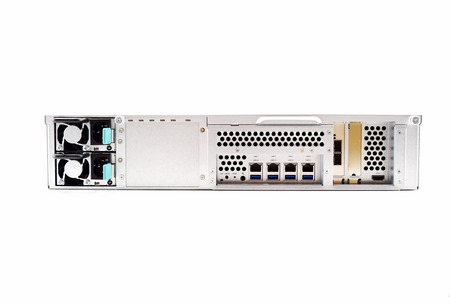
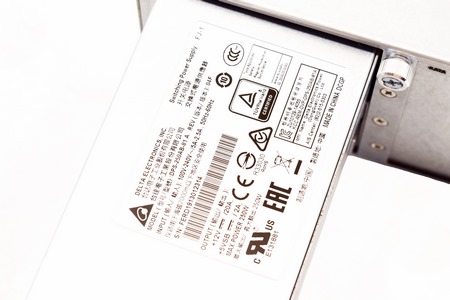
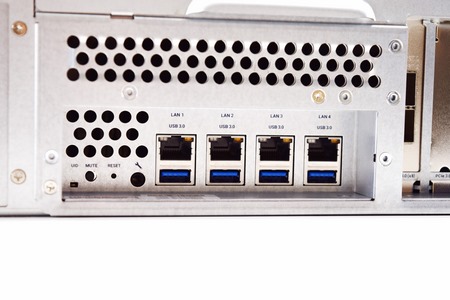
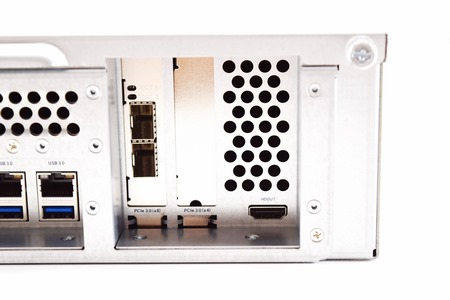 Moving at the rear we find the two 250W replaceable/redundant power supply units (both have indicators and bleep-off buttons), UID LED Indicator, mute button, reset button, console port, 4xRJ45 Ethernet ports, 4xUSB 3.0 ports, two PCIe Slots (Gen3x8/Gen3x4 - our sample came with one of these occupied by an CX312B SFP card) and the HDMI output.
Moving at the rear we find the two 250W replaceable/redundant power supply units (both have indicators and bleep-off buttons), UID LED Indicator, mute button, reset button, console port, 4xRJ45 Ethernet ports, 4xUSB 3.0 ports, two PCIe Slots (Gen3x8/Gen3x4 - our sample came with one of these occupied by an CX312B SFP card) and the HDMI output.
THE XCUBENAS XN7008RE INTERIOR
Aside the two 250W power supply units and the mainboard the interior has also extra room for up to 6 SATA and NVMe SSD slots (models that end with RE lack those however).
At the front of the chassis and after the drive trays we find three replaceable 60mm intake/exhaust fans.
A large black aluminum heatsink is placed just over the 7th generation Intel Core i3-7100 CPU.
There's also an 8GB USB EDC (Embedded Disk Card) by Innodisk right next to the bios battery.
TLA is once again the manufacturer of the two pre-installed DDR4-2133 RAM modules.
A smaller black heatsink is located right next to the two 12Gb/s SAS wide ports.
Aside the 10GbE SFP card we received with the XN7008RE we also used a TB3 (Thunderbolt 3) card for our tests.
For these tests we were planning on using 8 Seagate IronWolf 12TB drives but at the last minute one of those drives failed so we had to use a 10TB IronWolf drive instead (bay 8).
SETUP
To setup any QSAN NAS you will need to download the XFinder software from their website.
Once you install and launch the XFinder software it will detect any QSAN units in your local network and report on their current OS which you can update prior to even starting the setup procedure (double click on the unit to launch your web browser).
The setup wizard has two options, quick setup and customized setup (we always choose the latter).
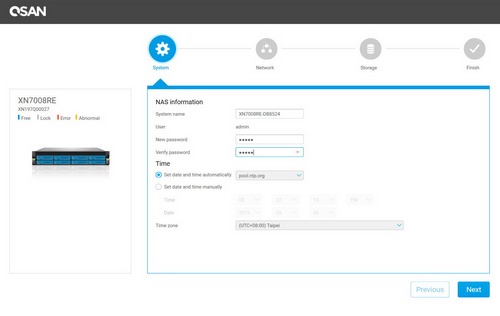
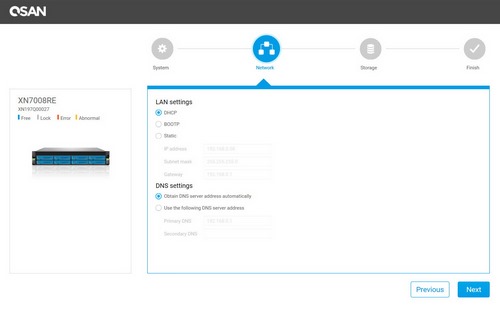
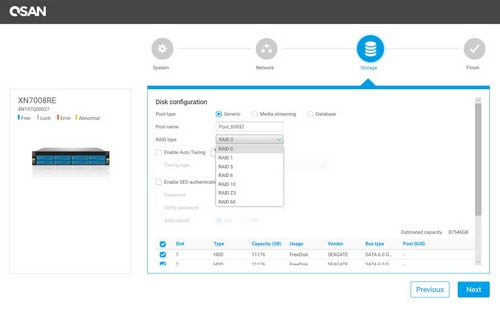
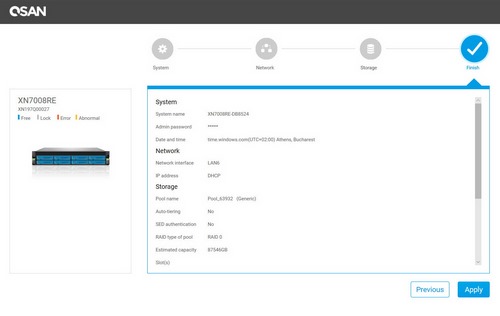 As with other NAS models you will need to enter a password, set the time and date, configure the network settings and choose the desired mode for the mounted drives (for our tests we start with RAID 0 followed by RAID 5).
As with other NAS models you will need to enter a password, set the time and date, configure the network settings and choose the desired mode for the mounted drives (for our tests we start with RAID 0 followed by RAID 5).
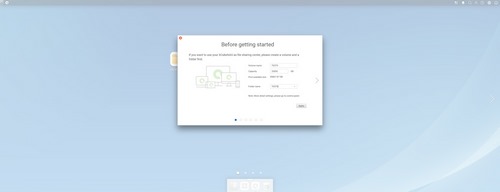
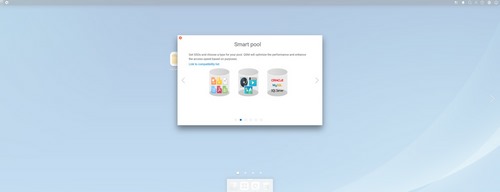
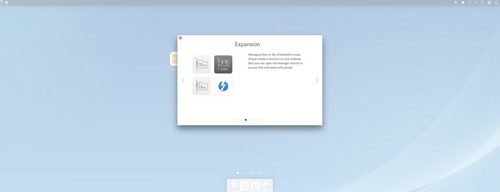
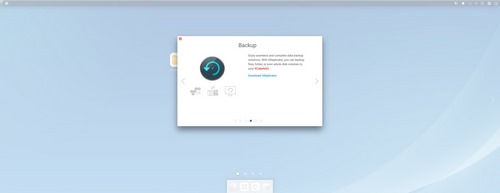
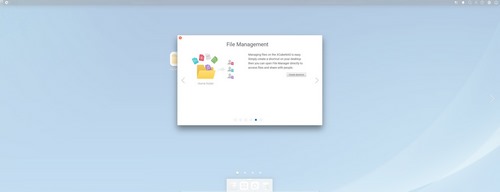
After this the NAS will boot and you will have to create a volume and a folder as seen above (QSAN also informs you of some of the other functions and features of their NAS).
QSM 3.1.7 PART 1
The QSM GUI has remained the same to date (for this review we used an ultrawide screen so our screenshots may look a bit strange).
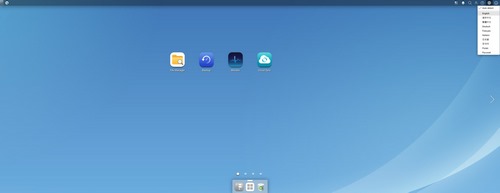
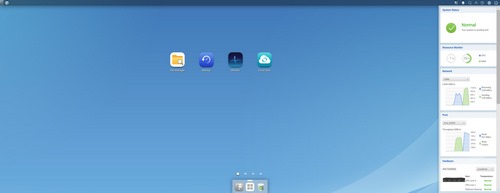
You can change the language and access the new and more detailed system monitor from the top right corner of the GUI (the restart/logout/shutdown commands are located in the upper left corner).
As expected from within the file manager app you can browse through all the files in the NAS, create/remove directories, copy files and much more.
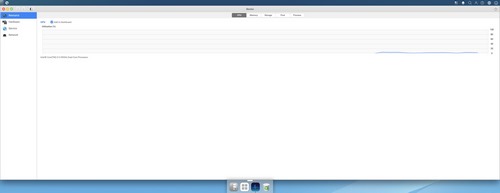
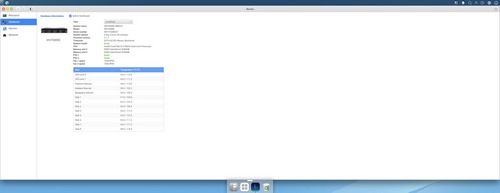
You can monitor the current system load and hardware devices in general from within the monitor app.
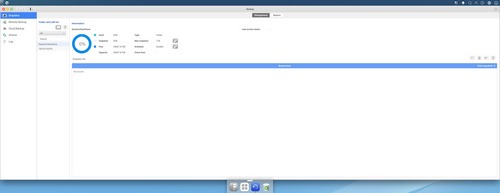
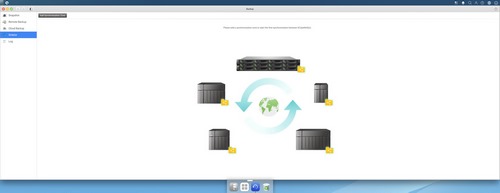
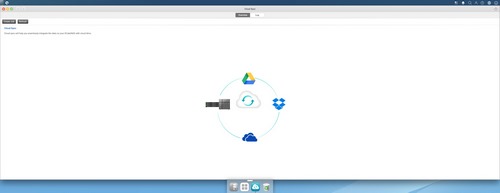
Inside the backup app QSAN has placed several ways for you to back up your sensitive data either locally, remotely and even on the cloud.
QSAN says they will expand the number of available applications but for now at least we still see the same as last time.
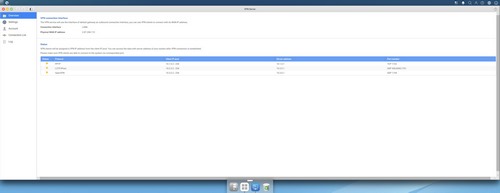
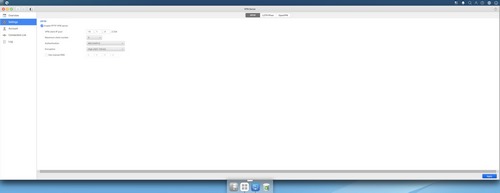
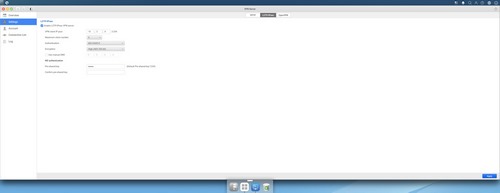
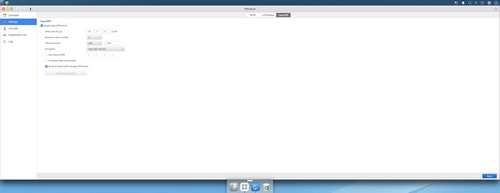
Of course, you can also build your very own virtual private network (VPN) thus allowing users to remotely and securely access resources shared within the local area network by the XN7008RE.
The anti-virus app provides extra protection for your files (not enabled by default however).
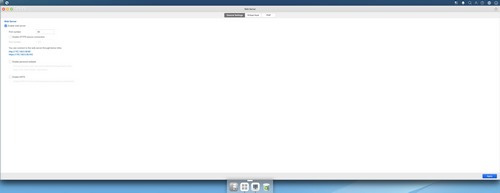
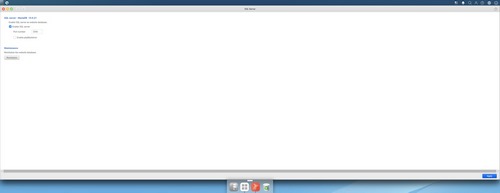
Web server, SQL server and MariaDB databases are also supported by the XN7008RE.
QSM 3.1.7 PART 2
Via the control panel you have access to a plethora of features and settings not only for the software but also the hardware aspect of the XN7008RE.
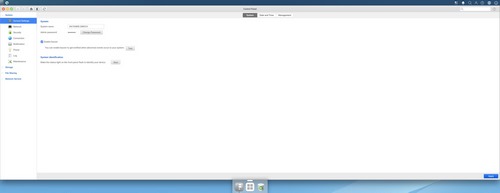
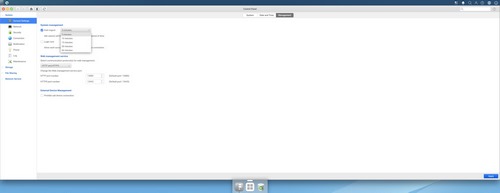
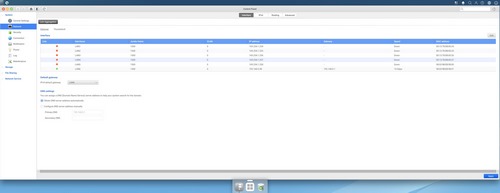
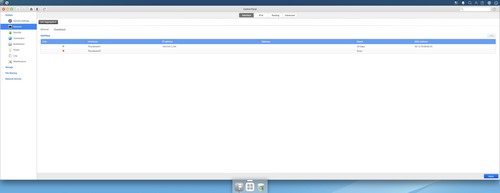
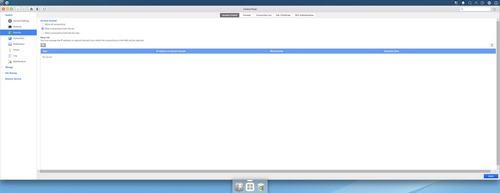
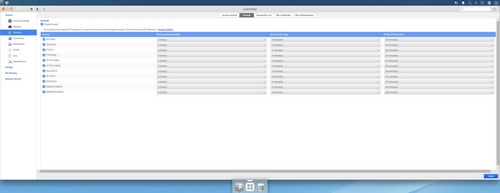
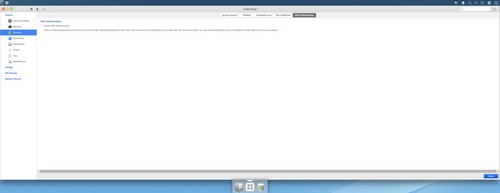
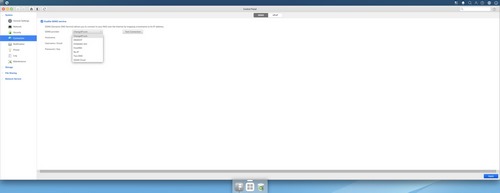
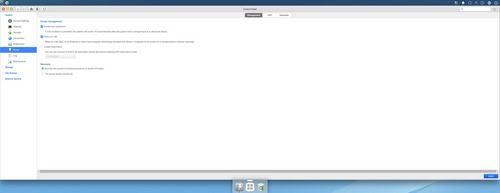
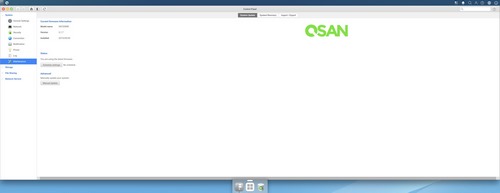
From within the system tab you can change the name of the system and the login password, adjust the time/date, enable auto logout (after X minutes) and login lock (single login), select the communications protocol, check the various network connections (TB3 included) and enable link aggregation, create static routes, use ping and trace route, adjust access control and setup the firewall, use an SSL certificate, enable SED authentication (requires compatible drive), enable the DDNS and UPNP services, configure notifications, set the power settings (like auto shutdown, hibernation and WOL), access the status of the UPS (if you have one attached to the NAS), check available logs, perform firmware updates and system recovery and finally you can import/export all of your NAS settings.
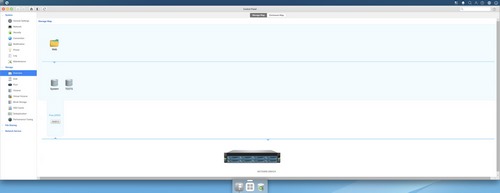
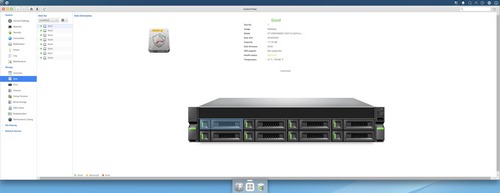
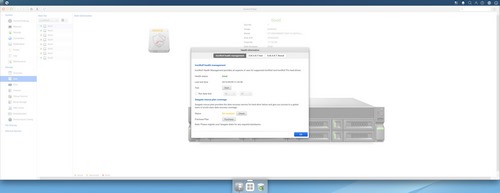
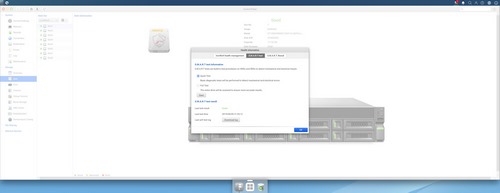
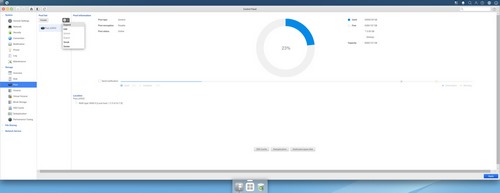
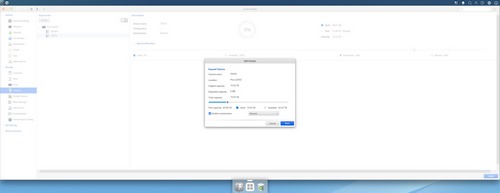
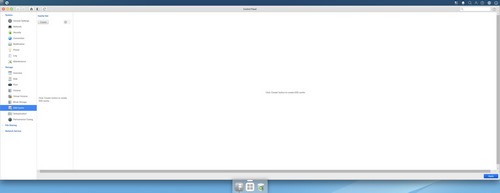
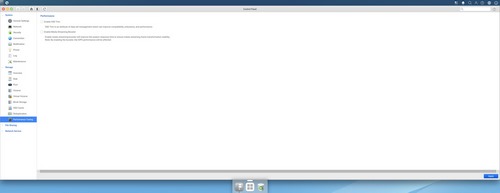
As expected, everything related to drives including volumes (remote volumes as well), drive information (IronWolf and IronWolf Pro drives enjoy a few health monitoring perks with QSAN NAS models), storage pools and SSD caching is placed under the Storage tab (since the XN7008RE doesn't come with the extra SSD slots we didn't use SSD caching for our review).
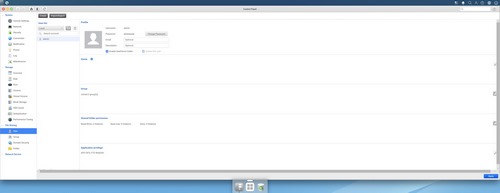
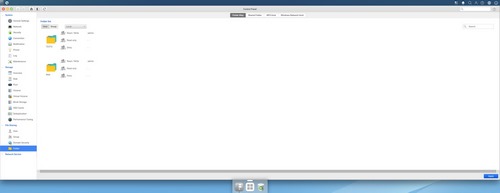
Under the file sharing tab, you can add/remove users, create groups, enable domain security and of course create and delete shared folders.
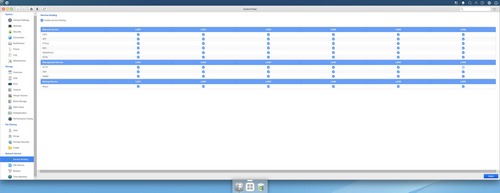
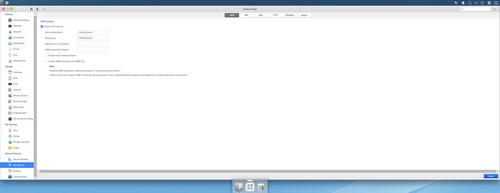
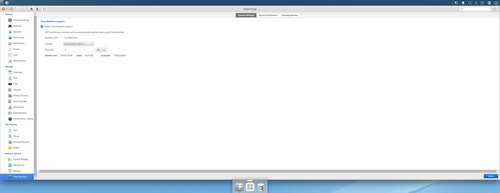
The network service tab includes settings related to service binding, CIFS, AFP, NFS, FTP, WebDAV, Rsync, Bonjour and Time Machine.
TESTING METHODOLOGY
Originally, we had decided that since some of the NAS servers/devices we've tested in the past are no longer in our possession (naturally) we would keep performing the exact same testing methodology we did in the past for as long as possible in order to provide accurate comparison results. However, since our real-life tests are not enough for some people, we also decided to throw in ATTO V2.47 and Crystal Disk Mark V3.0.4 to cover the more demanding users. However as always we will be using a single Seagate Constellation ES.3 4TB SATA III and up to 10 Seagate IronWolf 12TB SATA III hard disk drives with 3.5” compatible units (we switched to 12TB models for RAID tests since August 2018 – due to high workloads the performance of previous drives had started to deteriorate) and up to two (for now) Enterprise Capacity 2.5 HDD V3 2TB SATA III HDDs with 2.5” compatible units to perform several upload/download tests with 10.9GB (Single) and 40,8GB (RAID) files. Tests are repeated a total of 4 times after which we record the average numbers (from the 4 peak ones) into our charts. The network device used for 1GbE tests is the same Netgear D7800 VDSL Modem/Router we’ve been using lately when performing tests on NAS servers.
* Since the 25th of June 2015 for 10GbE tests we’ll be using a Netgear ProSafe XS712T 10G Smart Switch and an Intel XT540-AT2 10GbE PCIe card (10GbE compatible NAS cards will be provided from each company and stated in each review).
** In May 2019 we also introduced TB3 (Thunderbolt 3) tests using our latest test rig (X299 AORUS GAMING 9 / INTEL CORE I9 7980XE / 64GB DDR4-3200 / GC-ALPINE RIDGE V2.0). For TB3 tests we'll be using ATTO V4.00.02F, Crystal Disk Mark V6.0.2 and Passmark Performance Test V9.1.
TEST RESULTS - 1GBE
SINGLE DISK TESTS
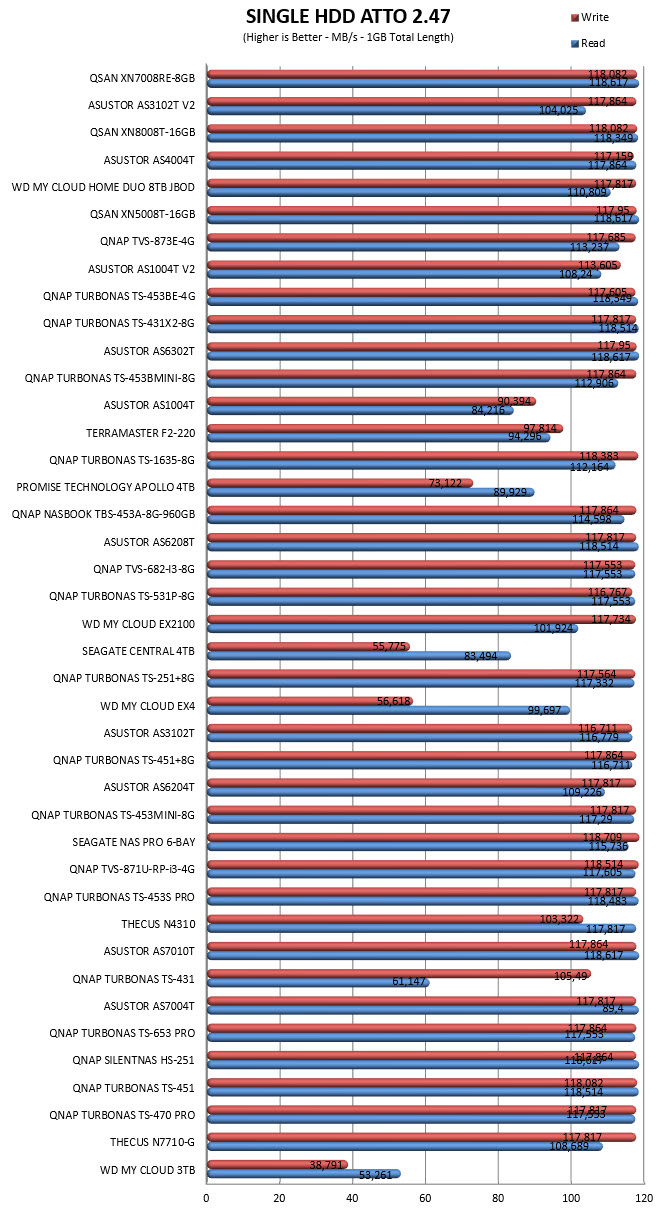


RAID TESTS
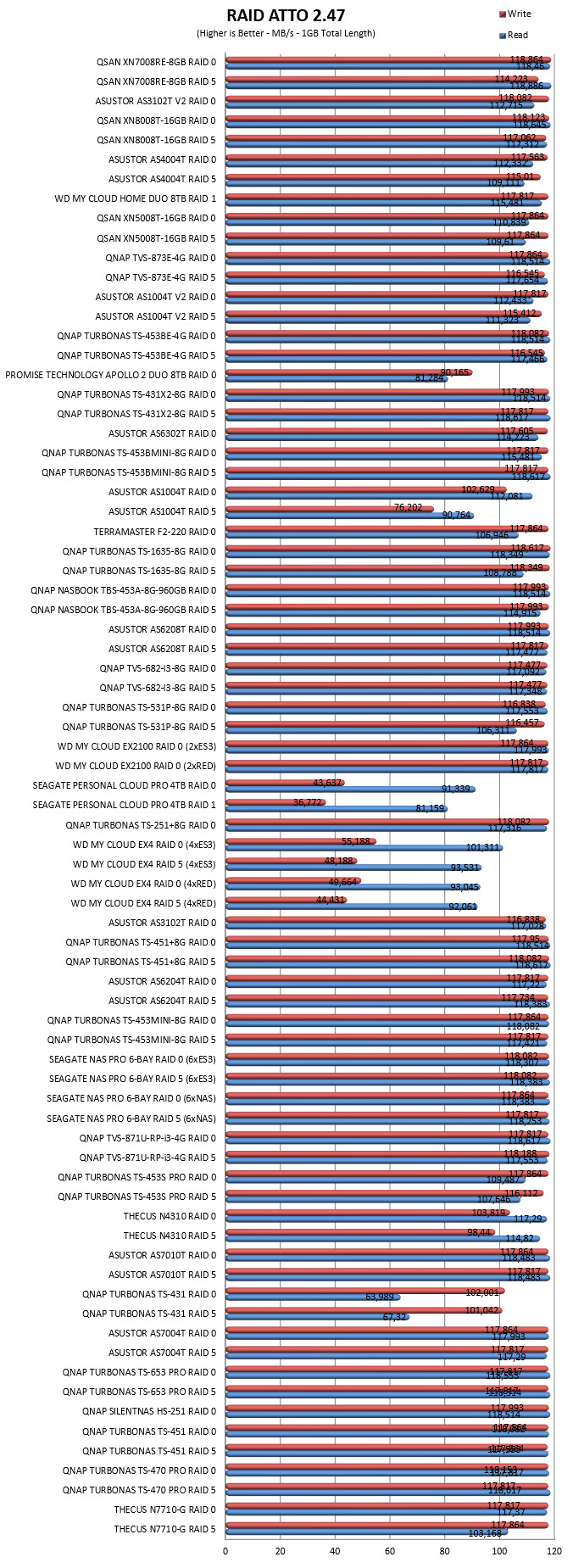


TEST RESULTS – 10GBE
SINGLE
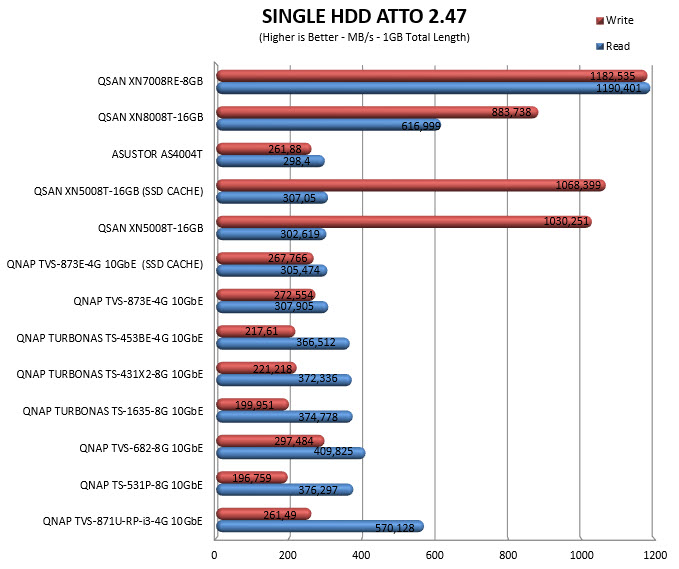
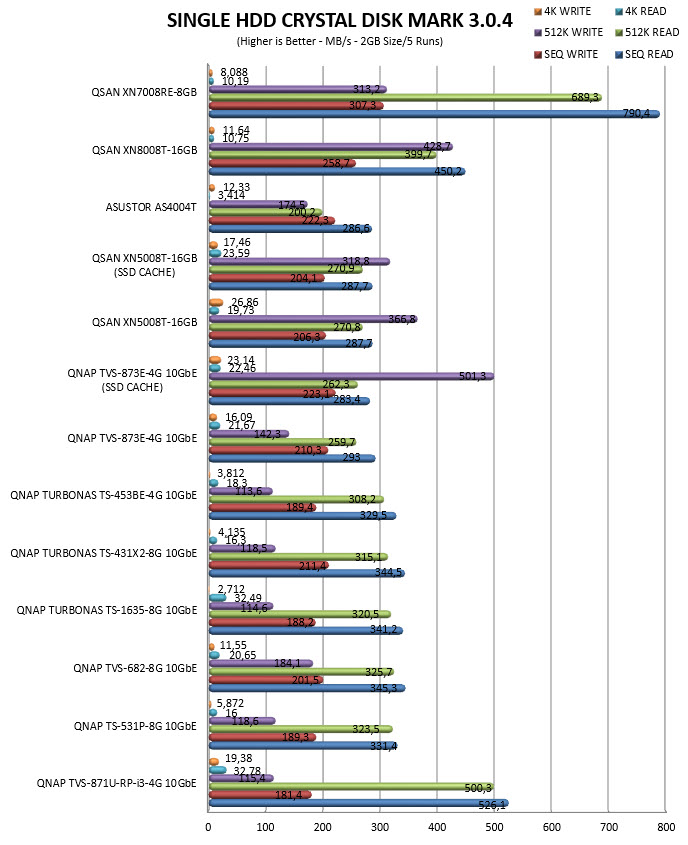
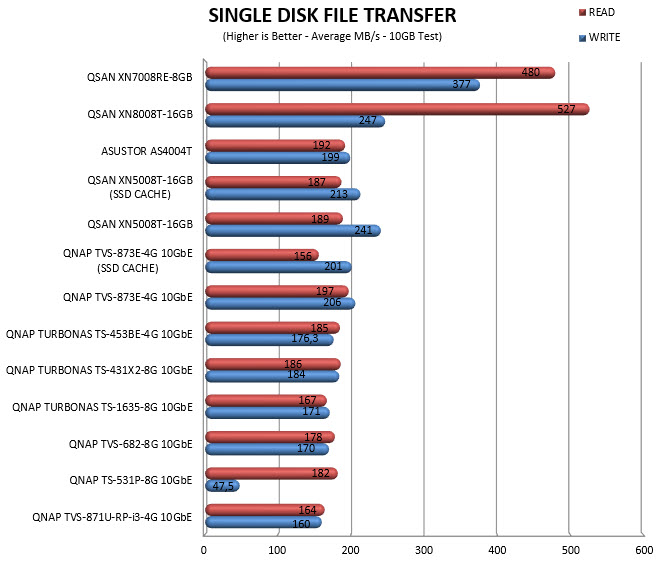
RAID
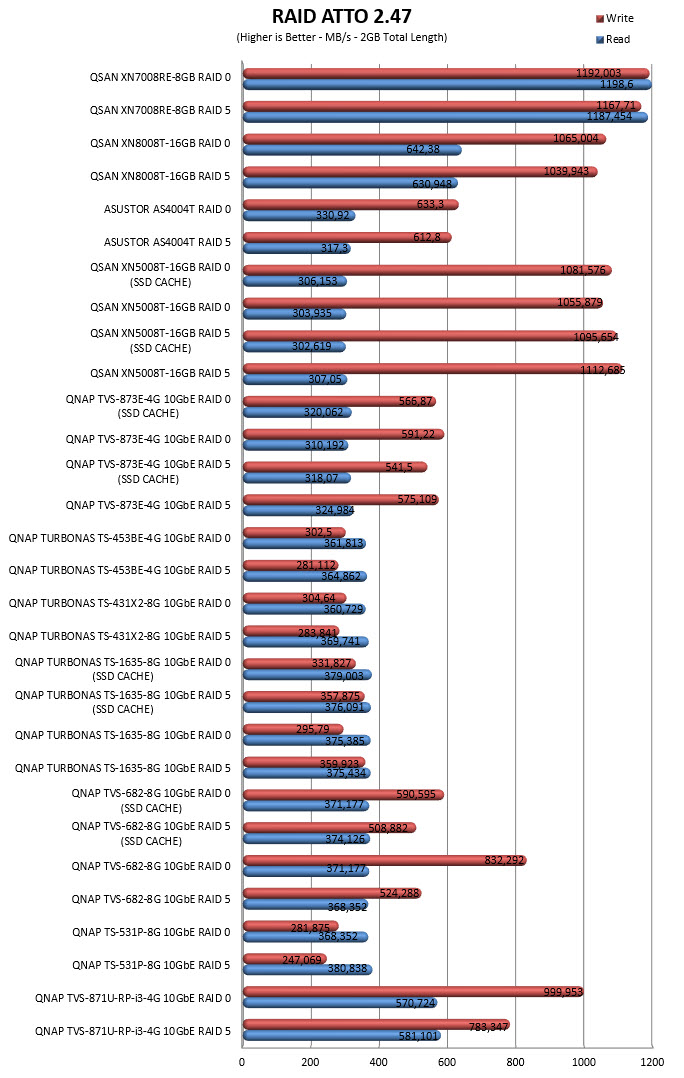
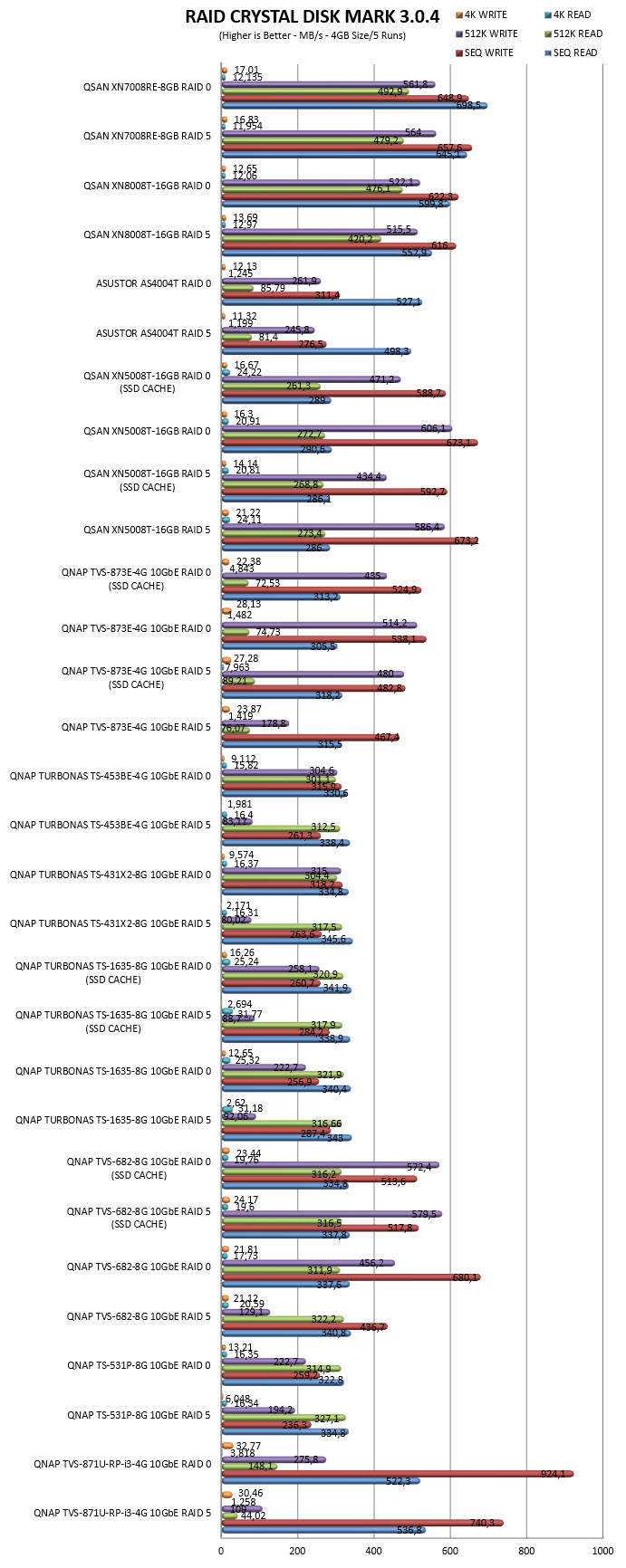
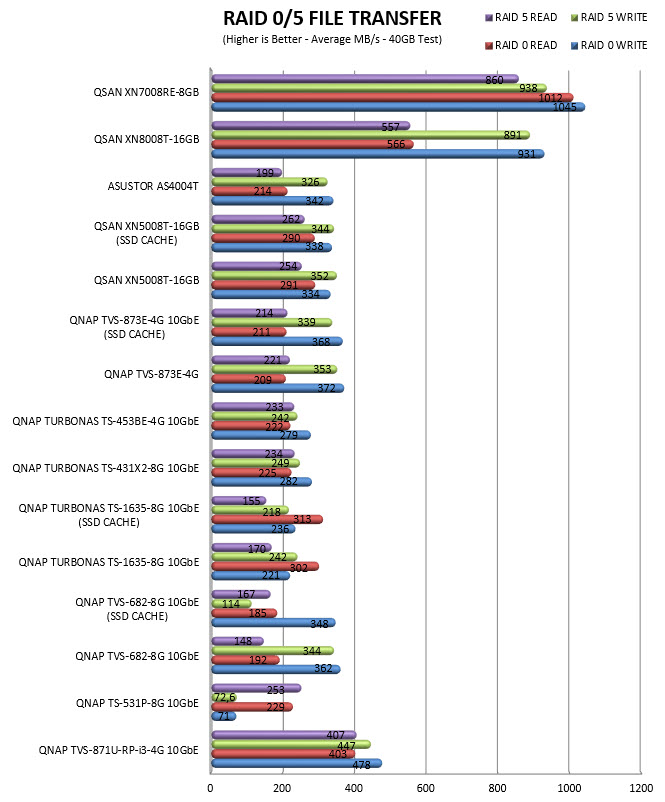
TEST RESULTS - THUNDERBOLT 3
SINGLE
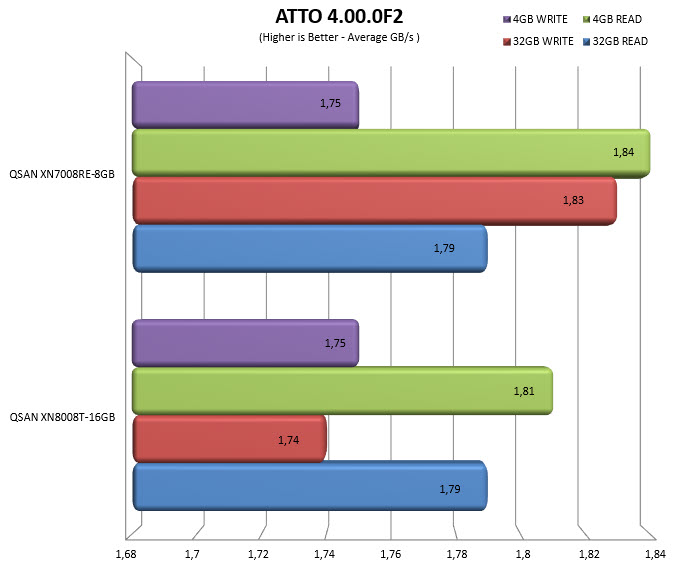
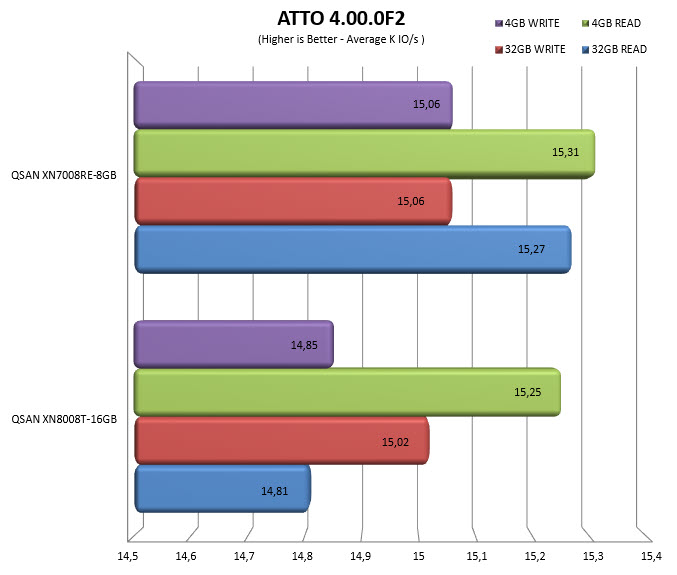
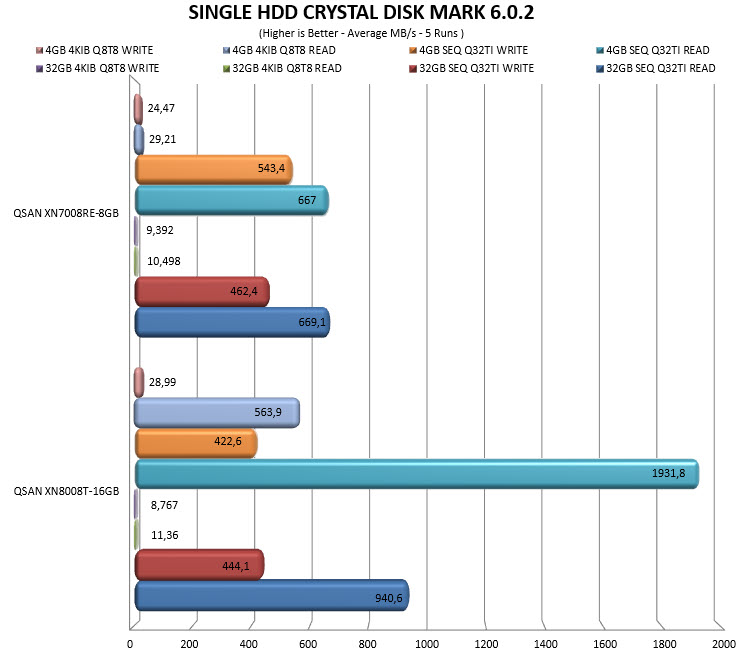
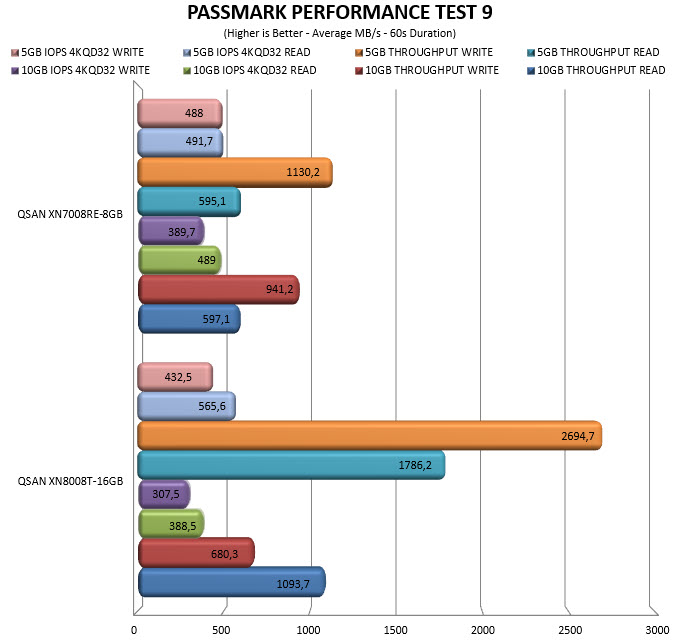
RAID
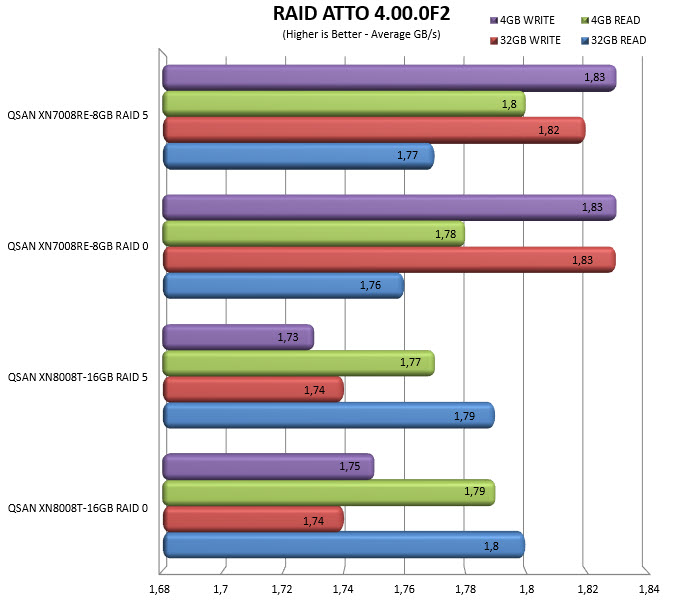
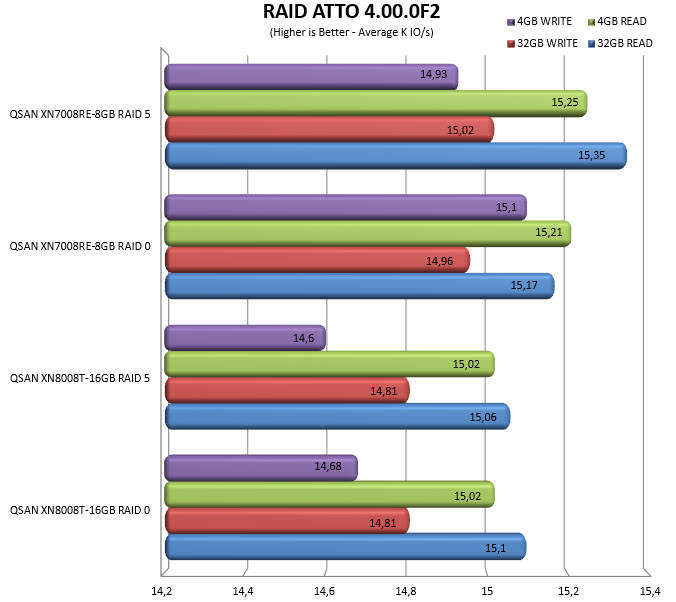
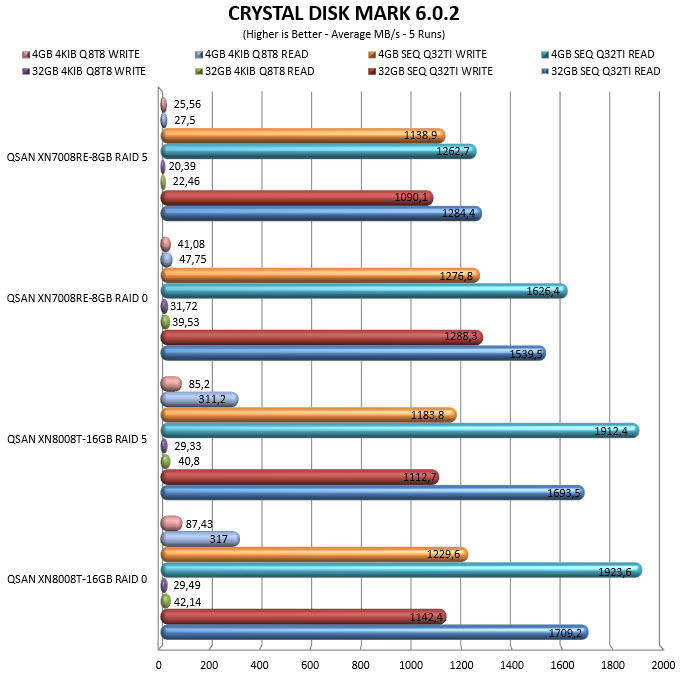
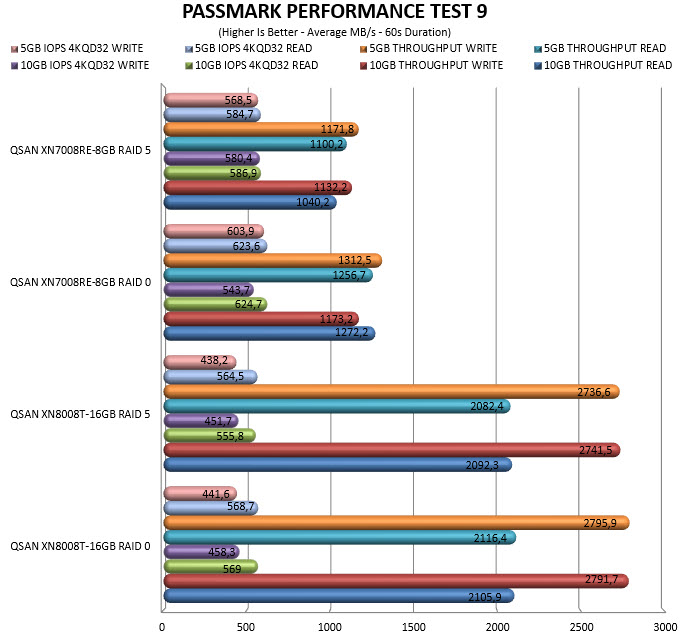
TEST RESULTS – TEMPERATURES / CONSUMPTION / NOISE



CONCLUSION
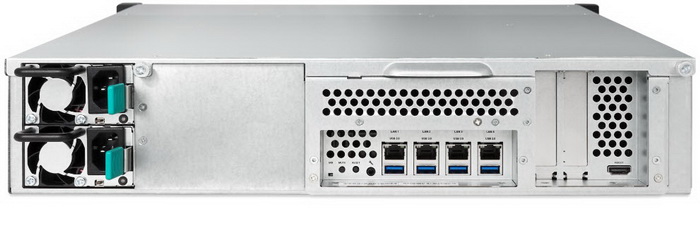
Much like with previous NAS models by QSAN our charts pretty much speak for themselves when it comes to performance. That being said even though we did record stellar performance from the XCubeNAS XN7008RE in both 1GbE and 10GbE we can’t say the same about TB3 since the results weren’t what we were expecting, always based on what we saw with the XN8008T. Even though we can’t say for certain this probably has to do with either the different CPU models (i3/i5) or with the amount of installed RAM (8GB/16GB). We will ask QSAN for two more RAM modules to test our theory and if it does pan out, we will update our charts with those results as well. Build quality is almost excellent and when it comes to power draw, we were actually expecting slightly more based on what we’ve seen by other rackmount models to date. Unfortunately, noise levels can climb very high but even though we did find them extremely annoying during our tests (especially TB3 tests) the truth of the matter is that rackmount models are almost always very noisy so we don’t really expect this to be a deal breaker for interested businesses or organizations. While we were testing the XN7008RE we thought the same thing we did when testing the XN8008T and the XN5008T and that was that the lack of available apps was a huge drawback. However, since the XN7008RE is aimed towards offices, small businesses and organizations (primarily at least) the lack of available apps should matter very little. Instead such interested parties are looking for an extremely fast centralized storage/file server with redundant power supplies and honestly this is where the XCubeNAS XN7008RE excels at. As for the very useful XReplicator software by Acronis which is bundled with QSAN's NAS models you can read our in-depth look in our review of the XN8008T here.
Availability in both the EU and the USA has always been a serious issue with QSAN products and the same applies to the XCubeNAS XN7008RE since we were unable to track it inside the USA. Still we did manage to find it inside the EU for a price of 2719Euros (SPAN.COM) not including the CX312B 10GbE SFP card which should set you back another 275Euros or so (adding up to a total of around 3000Euros). So once again availability and price are two undeniably serious drawbacks which we sincerely hope QSAN can one day address. That being said aside being the overall fastest model in our charts (TB3 excluded – at least for now) the XCubeNAS XN7008RE also delivers on everything QSAN markets it for and for that it gets our Golden Award.

PROS
- Excellent Build Quality
- Dual Core Intel i3 7100 CPU
- Top of the Charts Performance (1GbE/10GbE)
- 8GB DDR4-2133 RAM (Expandable To 64GB In Our Sample)
- 4 RJ45 Gigabit Ethernet Ports (Link Aggregation Supported)
- 2 PCIe Slots (PCIe x4/x8)
- 8 Drive Bays (8x3.5”/2.5”)
- 4 USB 3.0 Ports
- HDMI Output (Service Menu)
- Power Consumption (For A Rackmount Model)
- Drive Temperatures
- XReplicator Software
- RAID 0/RAID 1/RAID 5/RAID 5 + hot spare/RAID 6/RAID 10/RAID Z3/RAID 60/JBOD (Up To 128TB / 3200TB With Expansion Units)
- Dual 250W Redundant Power Supplies
- QSM 3.1 OS
CONS
- Price (For Some)
- Global Availability (Currently)
- Limited Apps (Both NAS And Mobile)
- Noise Levels

 O-Sense
O-Sense





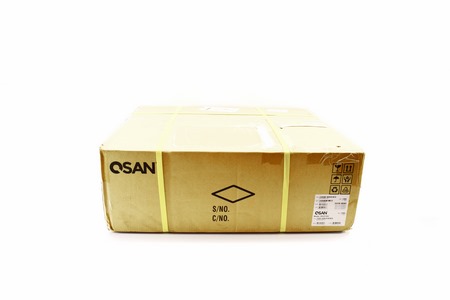
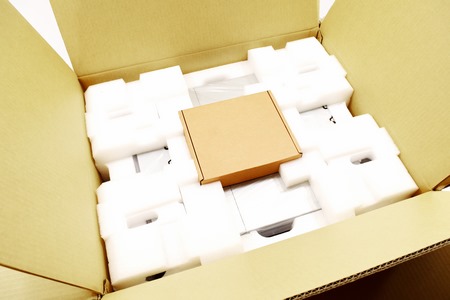
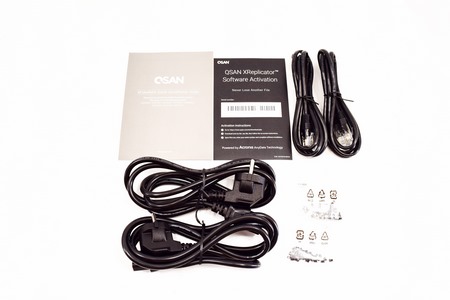
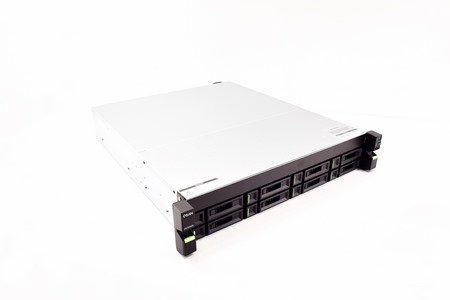
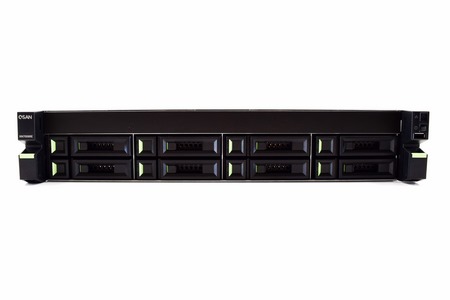
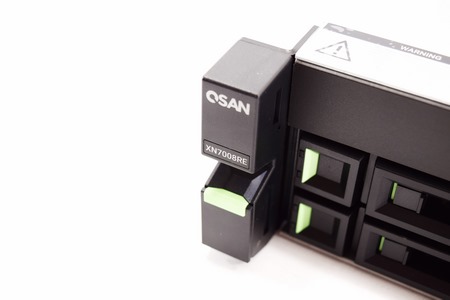
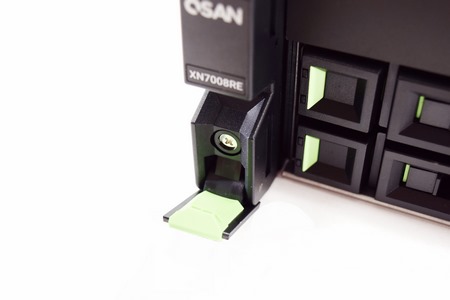
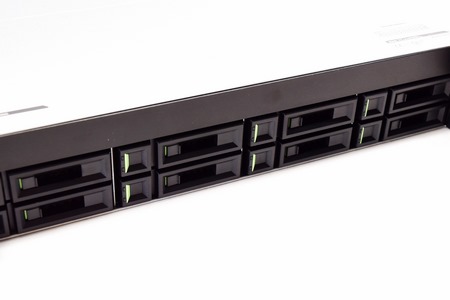
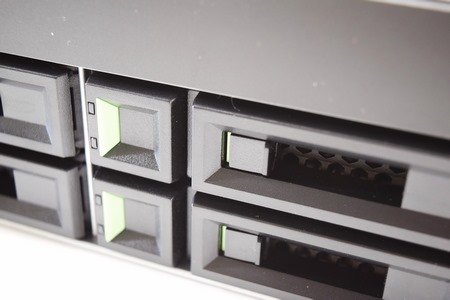
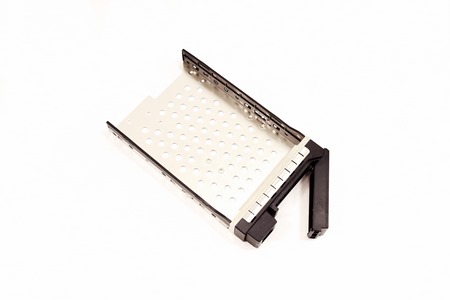
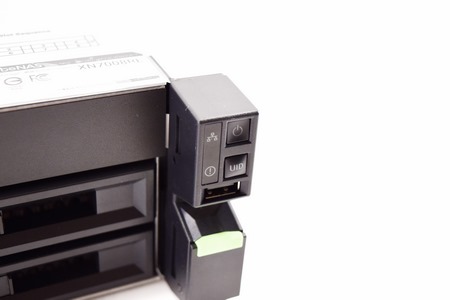
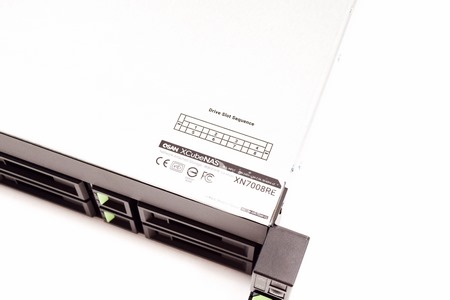
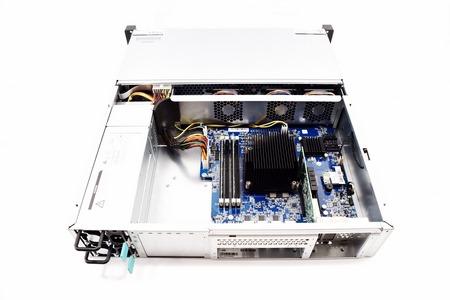
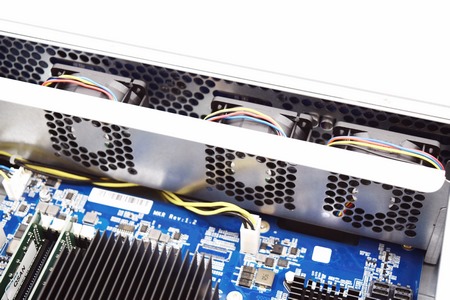
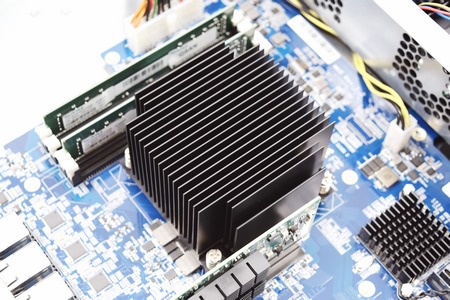
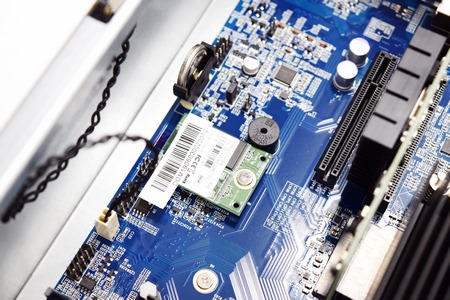
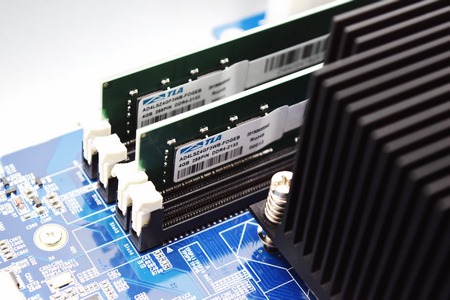
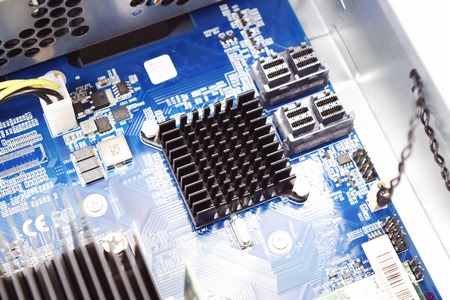
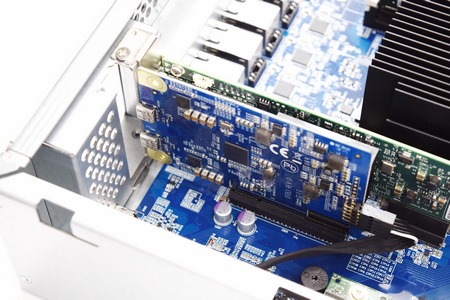
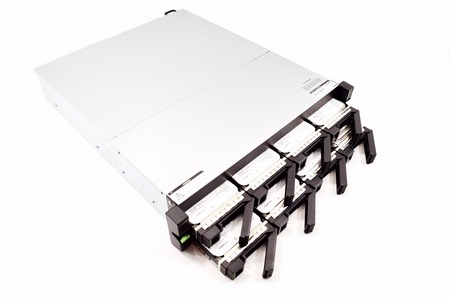
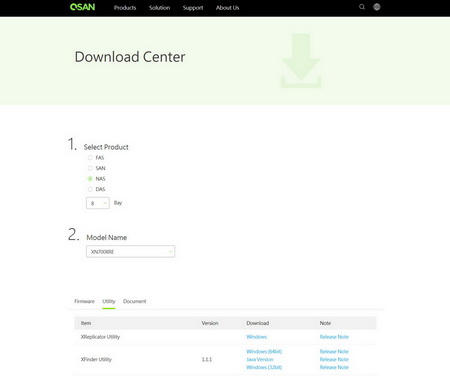
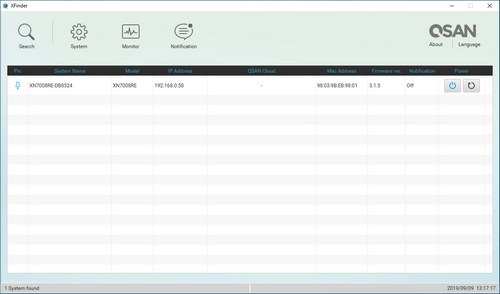
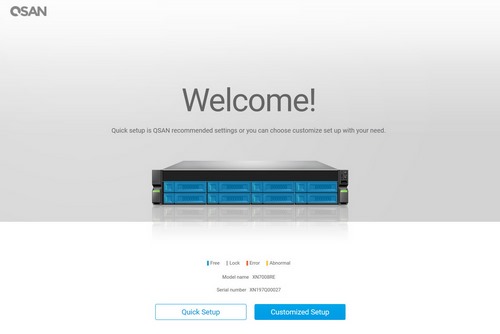
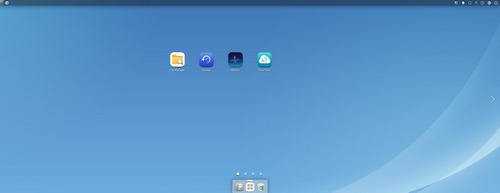
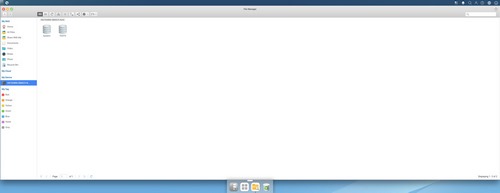
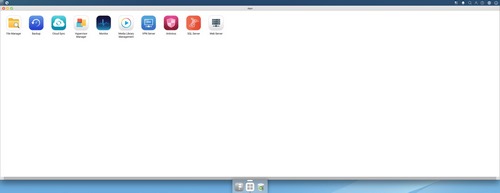
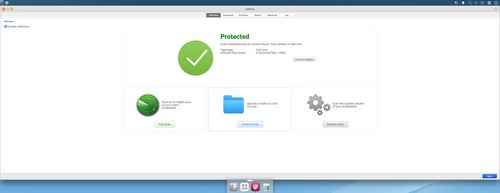
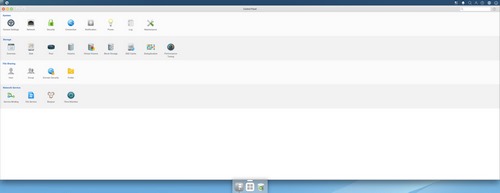


.png)

